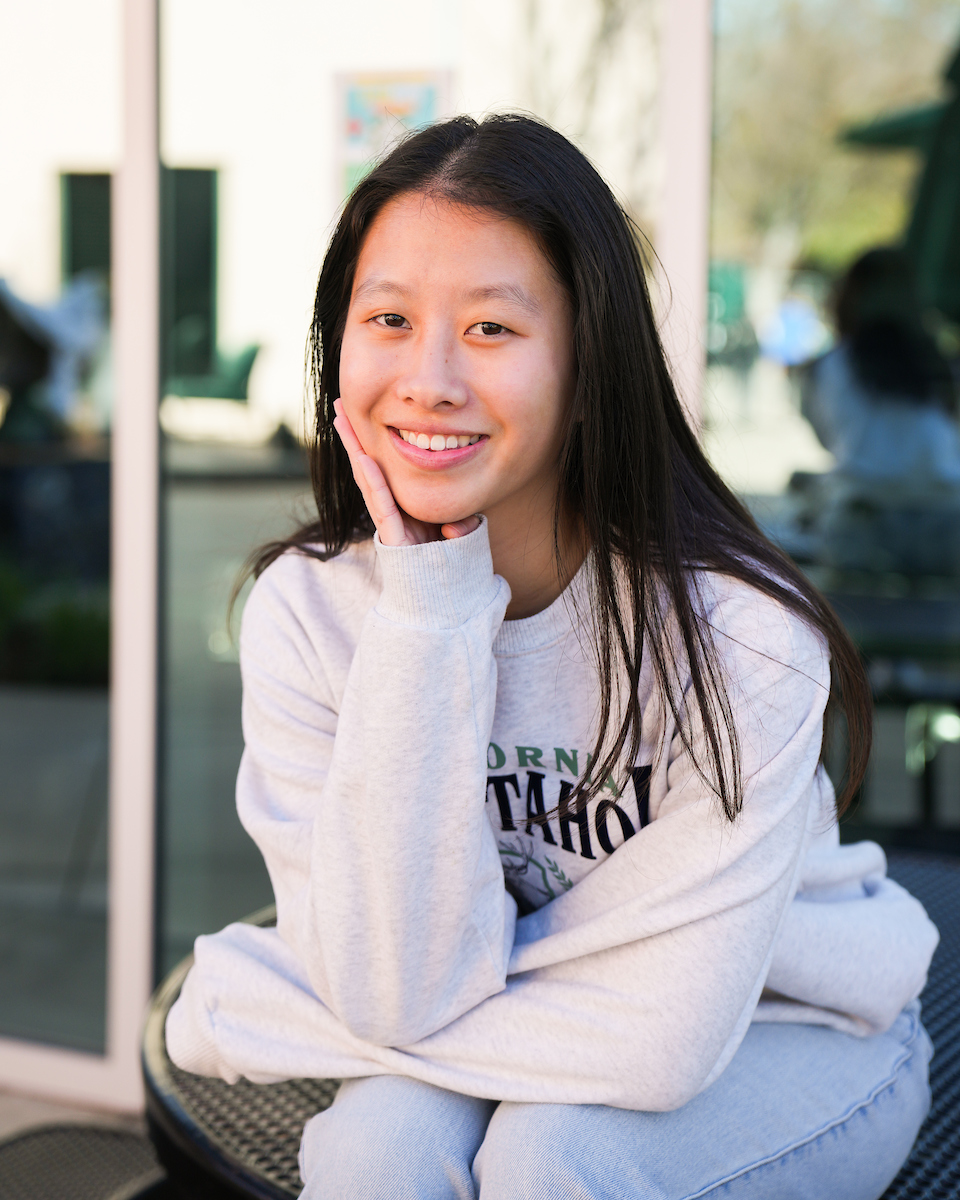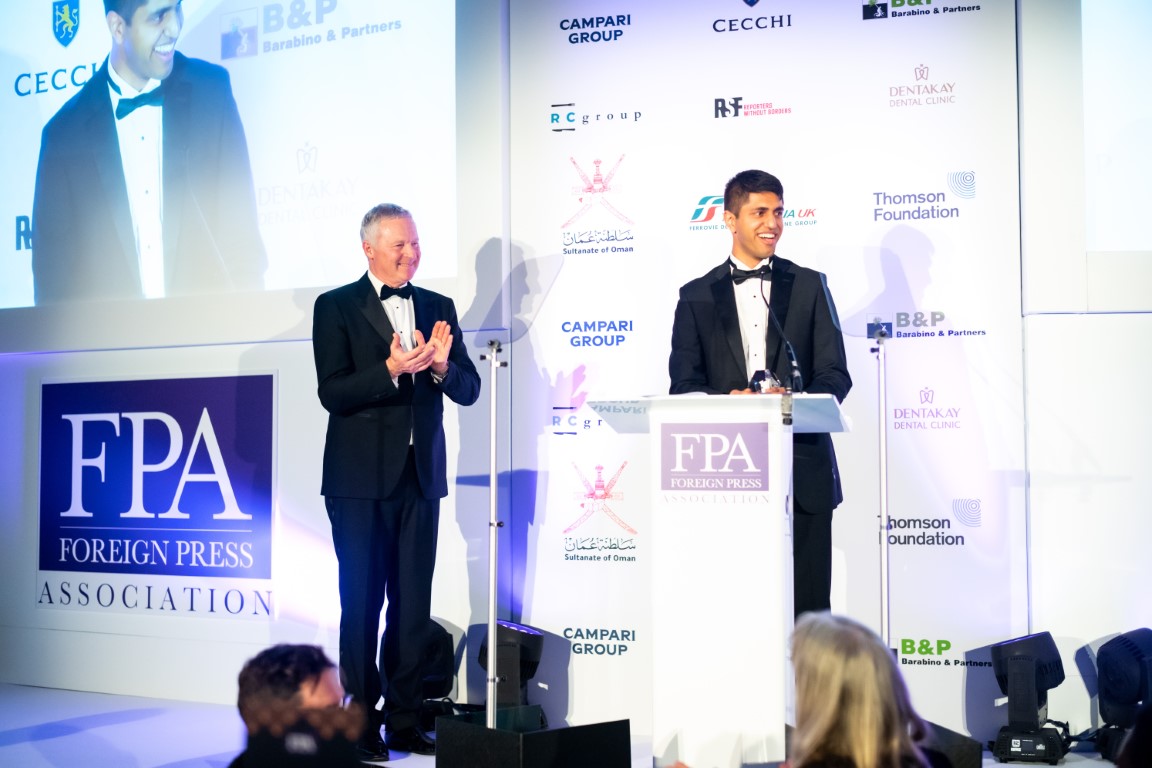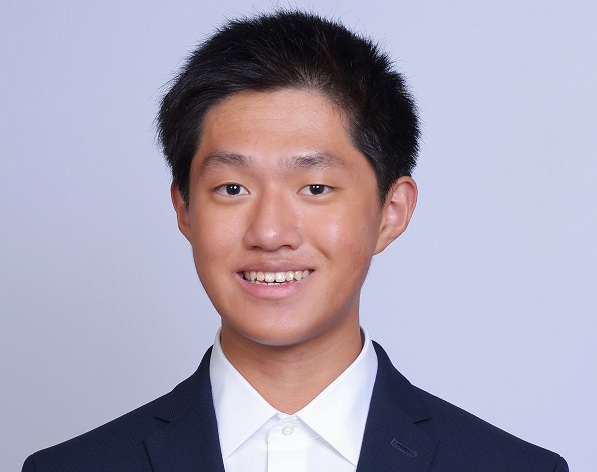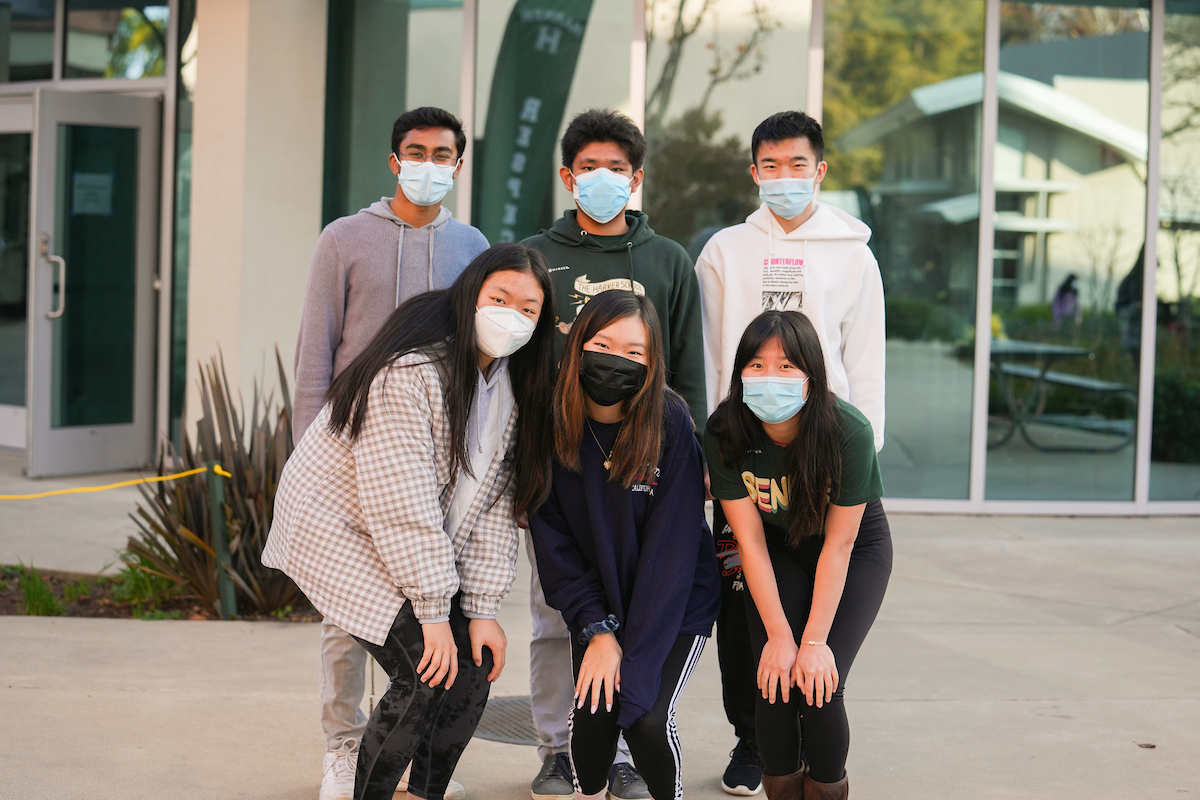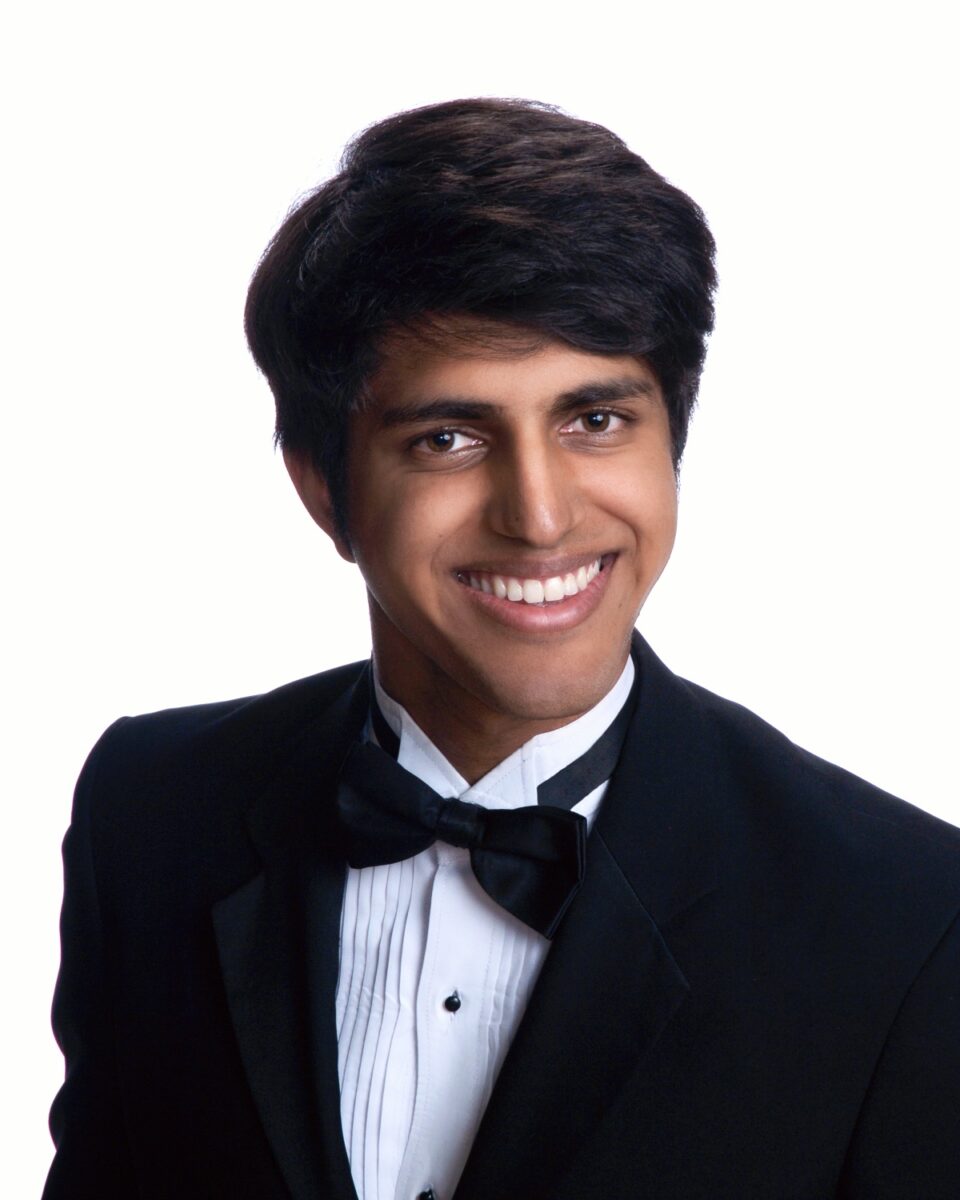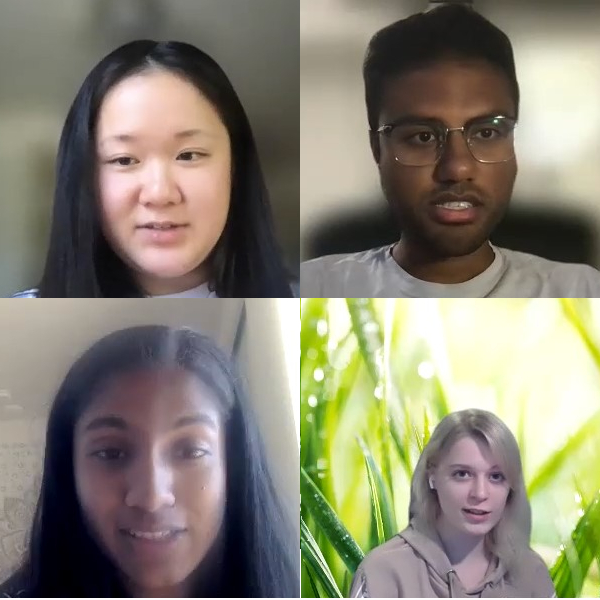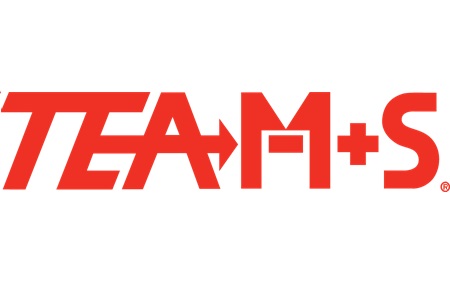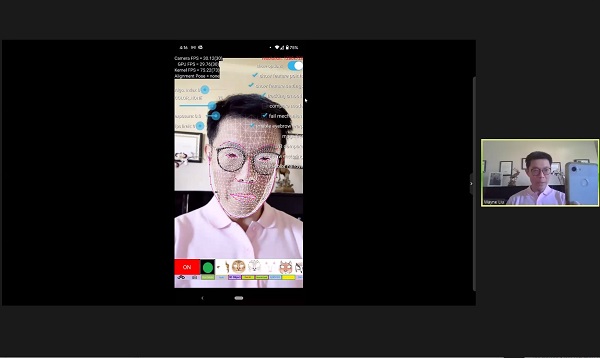She is now eligible to attend the final stage of the competition, to be held in Washington, D.C., in March.
Science
Bajaj ’20 wins Foreign Press Association Science Story of the Year
Bajaj’s award for his story in the Guardian made him the youngest awardee in FPA history.
[UPDATED] Rory Hu, grade 7, receives top award in Broadcom MASTERS
Rory Hu, grade 7, was today announced as a top award winner in the 2022 Broadcom MASTERS competition.
Junior wins CSEF Project of the Year
On April 22, junior Nicholas Wei was awarded the 2022 California Science and Engineering Fair Project of the Year.
Students take second place at Regional Science Bowl
Last month, seniors Harsh Deep, Rishab Parthasarathy and William Zhao and juniors Jeremy Ko and Nicholas Wei took second place out of 30 teams at Virtual Regional Science Bowl.
Six seniors named top 300 Regeneron scholars, most for any California school
Six Harker seniors have been named to the top 300 scholars in the 2022 Regeneron Science Talent Search, the most of any California school.
Bajaj ’20 co-authors two pieces published in medical journals
Two manuscripts co-authored by Simar Bajaj ‘20 were published in medical journals “Nature Medicine” and “The Lancet.”
Alumni research panel offers insight and advice to current students
Earlier this month, the Harker Research Club hosted a panel with Vikas Bhetanabhotla ‘14, Cynthia Chen ‘20, Anastasiya Grebin ‘18 and Ruhi Sayana ‘19, who spoke about their post-high school careers and offered advice on how to find research opportunities.
Harker takes top spots in TEAMS competition
Research Symposium goes online for 15th anniversary
From April 9-10, Harker hosted the 15th annual Research Symposium, inviting the Harker community to experience the breadth of its research opportunities by viewing student presentations and hearing keynote speakers deliver fascinating talks.
